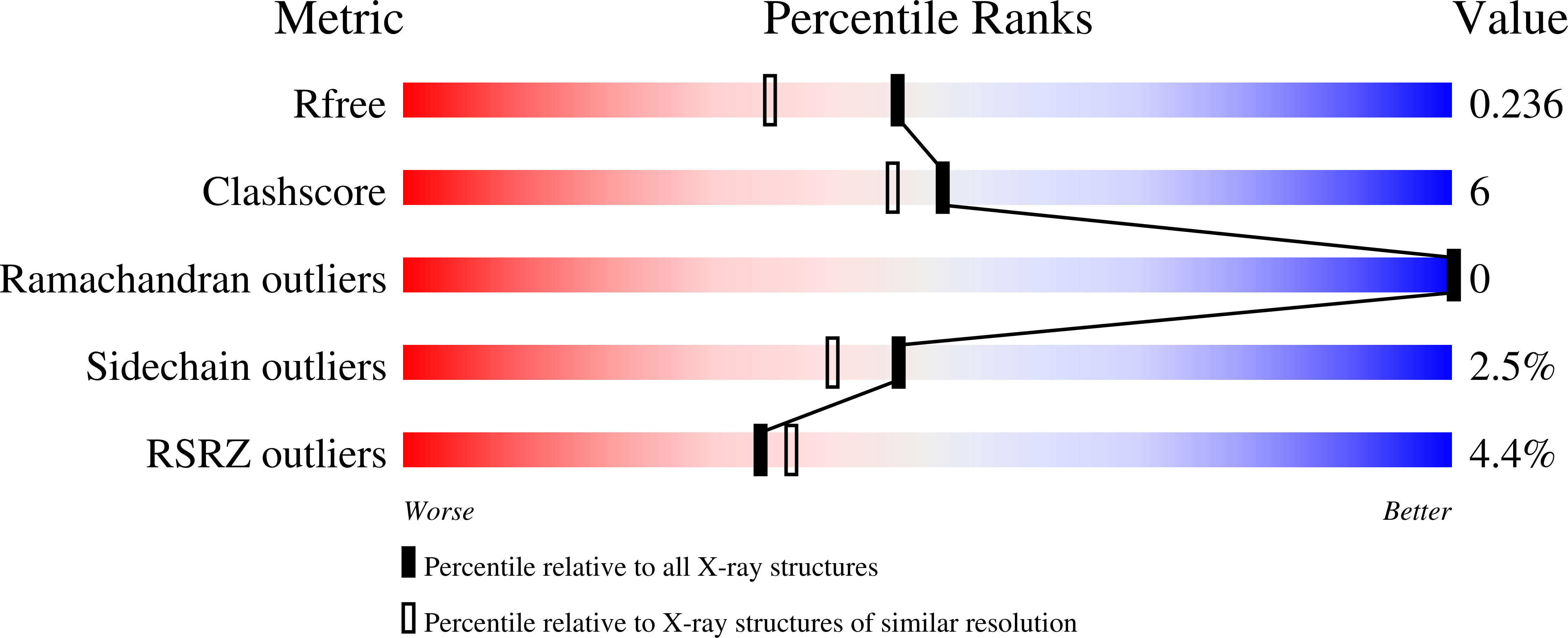
Deposition Date
2020-11-19
Release Date
2021-12-01
Last Version Date
2023-10-18
Entry Detail
Biological Source:
Source Organism:
Streptococcus pneumoniae (Taxon ID: 373153)
Host Organism:
Method Details:
Experimental Method:
Resolution:
1.90 Å
R-Value Free:
0.22
R-Value Work:
0.18
R-Value Observed:
0.18
Space Group:
H 3 2


